Quiz, Mountain People, Spoons, Kohinoor, Dolls, Shocks, Books
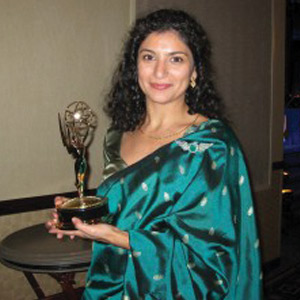
WHO, WHAT, WHERE, WHEN, AND WHY
1. South Asians Kayhan Irani, Tanzila “Taz” Ahmed, and Fawzia Mirza are among the 10 Asian
Americans chosen as “White House Champions of Change for AAPI Art and Storytelling.” Which
U.S. President launched this initiative, which recognizes activism and leadership?
(A) Obama (B) Bush Jr. (C) Clinton (D) Reagan
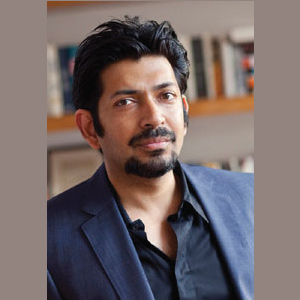
2. Dr. Siddhartha Mukherjee’s second book, The Gene: An Intimate History, was published last month. A Padma Shri awardee, he’s based at Columbia University. His Pulitzer Prize-winning and best-selling debut, The Emperor of All Maladies, is a comprehensive examination of what?
(A) Heart disease (B) Cancer (C) Malaria (D) HIV/AIDS
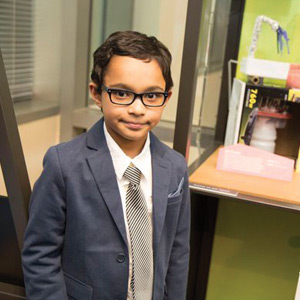
3. Indian-American Oyon Ganguli’s prototype of a shower, which filters and recycles water, won the grand prize of the Mighty Minds contest, co-sponsored by the National Inventors Hall of Fame. The 9-year-old’s grandfather, Sunil Gangopadhyay, was famous as what?
(A) Author (B) Acrobat (C) Actor (D) Academic

4. Among the six recipients of the 2016 Skoll Award for social entrepreneurship were Indian-Americans Vivek Maru, whose Namati promotes legal justice, and Breakthrough’s Malika Dutt and Sonali Khan, who focus on combatting gender violence. How much is the award worth?
(A) $100,000 (B) $50,000 (C) $10,000 (D) $1.25 million
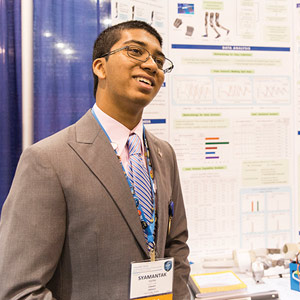
5. One of the two 2016 Intel Foundation Young Scientist Awards, worth $50,000, went to Texas resident Syamantak Payra. His inexpensive knee brace works electronically, allowing people with leg problems to walk more easily. At what level is this annual competition open to students?
(A) Undergraduate (B) High school (C) Graduate (D) Middle school
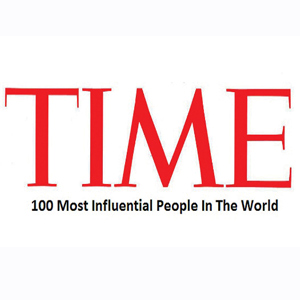
6. The latest TIME 100 includes the following Indian-Americans—two of whom are corporate chiefs, one an actor and comedian, and the other a state chief. Who among them is a physician-cum-social entrepreneur and the founder of Last Mile Health, a healthcare provider?
(A) Sundar Pichai (B) Nikki Haley (C) Raj Panjabi (D) Aziz Ansari
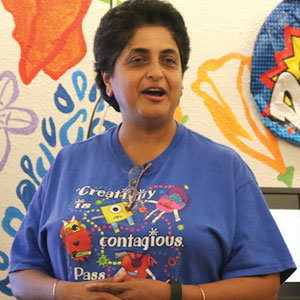
7. In 2015, Darshan Jain won a $10,000 Presidential Award for excellence in teaching. In 2016, Revathi Balakrishnan, a former systems analyst who teaches in gifted programs, was named the Texas Elementary Teacher of the Year. Obama recognized them both for teaching what subject?
(A) English (B) History (C) Mathematics (D) Geography

8. Sona Dadhania, enrolled at the University of Pennsylvania, was picked from over 1000 applicants for the inaugural ambassador scholarship funded by Cards Against Humanity, which will fund her undergraduate education. The scholarship supports women in the study of what?
(A) Music (B) Languages (C) Art (D) Science
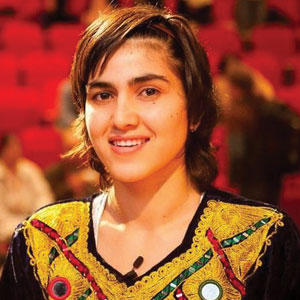
9. Maria Toorpakai Wazir, who grew up in tribal Waziristan, was not allowed to play sports. So, pretending to be a boy, she trained rigorously for years and became Pakistan’s national champion. She faced death threats after her gender was revealed. What sport does she excel in?
(A) Squash (B) Tennis (C) Badminton (D) Ping pong

10. Tiny Iceland and Montserrat have non-resident Indians (NRIs), as do 180 of the 183 nations surveyed by the Indian government. Sometimes the number is quite small (the Republic of Palau has 5 NRIs). Which is the only country among the following that has NRIs?
(A) Bhutan (B) Slovenia (C) Pakistan (D) North Korea
[Answers are at the bottom of this page.]
^ ^ ^ ^ ^ ^ ^ ^ ^ ^
THE MOUNTAIN PEOPLE
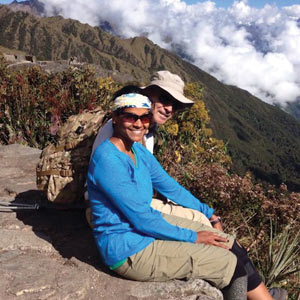
Perhaps you remember hearing about Malavath Poorna. In 2014, at the age of 13, she became the world’s youngest girl to reach the summit of Mt. Everest. Indian citizen Malavath tied with U.S. citizen Jordan Romero, who was also 13 when he became the youngest boy to reach the top. Now comes Mona Patel. However, her age is 43 and she climbed Africa’s tallest mountain, Kilimanjaro, which is about 688 feet shorter than Everest. What made her ascent impressive was that she’s an amputee and wears a prosthetic leg. Following a car accident at the age of 17, when a drunk driver hit her, she had a surgical amputation below the right knee. Mona, who went on to earn two master’s degrees and found the San Antonio Amputee Foundation, reached the summit with other Cloud Walkers—the name used by amputee climbers. “Walking on air” would sum up their reaction. Mona trained hard, thanks in part to the encouragement of her boyfriend and fellow climber, George Jahant, who had worked for years in the San Antonio Police Department’s SWAT team.
While on the subject of mountains, let’s mention the amazing Dashrath Manjhi, who conquered a mountain in an entirely different way. As the documentary The Man Who Moved the Mountain and the feature film Manjhi chronicled, the late Dashrath chiseled his way through a mountain to create a path that reduced the distance between two places in Bihar by about 25 miles.
What inspired this superhuman—or mad—feat, which he performed single-handedly over a period of 22 years? The Mountain Man, as he was dubbed, decided to do it after his wife suffered an injury and he couldn’t get her to the hospital on time—because the mountain had become a barrier.
O | O | O | O | O | O | O |
HOW TO EAT (WITH) SPOONS
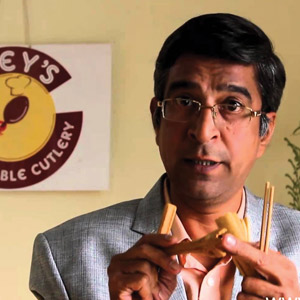
Narayana Peesapaty likes to eat his spoon after he eats with it. From an environmental perspective, what could be better than consuming the silverware once you finish your meal? There’s no need to accumulate more trash than necessary, and if you’re using non-disposable utensils, think of the water—and effort—you’ll save when you don’t have to do the dishes! It’s an idea whose time is overdue, especially in India, and we have to thank Narayana’s Bakey’s, a Hyderabad-based maker of edible cutlery. The products currently available are plain spoons, sweet spoons, and savory spoons. If it takes off, we could start seeing crunchable forks, bowls, plates, etc. You could say that three P’s—plastic, power, paani (water)—spurred Narayana, a water management expert. He hopes that edible cutlery will reduce the consumption of power (not enough is generated), plastic (it’s bad everywhere), and water (scarcity is widespread). Change, he points out, will overwhelm us if we don’t become the instruments of change.
So what goes into the making of edible cutlery? Plain spoons are the blandest, made simply with ingredients like rice, sorghum, and wheat. They can be used with all kinds of food and should be consumed within 24 hours after opening the packet. The shelf life of an untouched spoon, which weighs 11 grams, is 18 to 24 months. If a spoon is removed from a packet but not used, it will decompose harmlessly after a while. Sweet spoons are made more appetizing by adding sugar, just as savory spoons are flavored with rock salt, black pepper, cumin, and ajwain. Bakey’s, already looking beyond India, meets the safety and hygiene standards of an export-oriented unit.
Who says you can’t have your spoon and eat it, too?
* * * * * * * * * *
THE QUEST FOR KOHINOOR
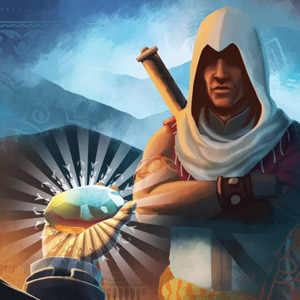
To which country does the famous, mysterious Kohinoor diamond belong? Over the centuries, several rulers coveted and owned it, and the only thing that’s indisputable is that it originated in the Golconda mine, in southeastern India, which back then was the world’s only source for diamonds. A claimant argued that it should be returned to India from the Tower of London, where the sparkling 105-carat diamond (186 carats, originally) remains on display. But that’s unlikely—and what’s more, given the diamond’s convoluted history, Iran, Afghanistan, and Pakistan can make similar claims. If it’s true that the Kohinoor was looted rather than gifted when it went to Britain, the same can be said about its earlier saga. Such is the tortured legacy of one of the world’s oldest diamonds, now valued at $200 million.
Tracing the real Kohinoor’s journey may be hard—but for gamers, a virtual Kohinoor is within reach. A video game series called The Assassin’s Creed Chronicles released a new title focusing on India, making it the second one after China. The game’s mission is to recover the Kohinoor after defeating a bunch of enemies standing in the way. The depiction of Sikh warriors got some criticism, but the game also got raves for its realistic setting and strategy. Gaming is catching on in India, too. What are the ABCDs of the gaming community there? “Astrology, Bollywood, Cricket, and Dance,” according to Anila Andrade of 99Games. The number of players is still modest, relatively speaking; however, with India’s youth boom and the rising popularity of smartphones, gaming is expected to grow rapidly in the coming years. India could have about 219 million smartphone users by next year. As for gaming, according to Ken Research, the industry could generate a revenue of $2.7 billion in the country by 2018.
/ $ / $ / $ / $ / $ / $ / $ /
DOLLS AND SHOCKS

Dolls “R” Us may be an apt name for Neha Chauhan Woodward’s doll line-up, which is her response to the Barbie phenomenon. But why does she call it the Willowbrook Girls? Neha, who has a bachelor’s from Harvard and an MBA from Stanford, attended an elementary school on Willowbrook Road in New York City. She teamed up with Molly Donovan, also a Harvard graduate, to introduce dolls that appear “smart, ambitious, and opinionated.” Growing up, Neha didn’t have access to dolls that looked like her, and the ones available mostly offered a unidimensional perspective of girlhood. Seeking better role models, she and Molly launched their line of multicultural, multidimensional dolls. Their looks and backgrounds set them apart from traditional dolls. Molly wrote the first story centering on the Willowbrook Girls, titled “The Brookies Build a Business.” The dolls are called Anjali, Cara, Maya, Bailey, Rory, Mackenzie, and Perry. Anjali, an aspiring Broadway and film actress, is a songwriter and she plays the guitar. The Willowbrook Girls, now in production, will be ready to perform soon.
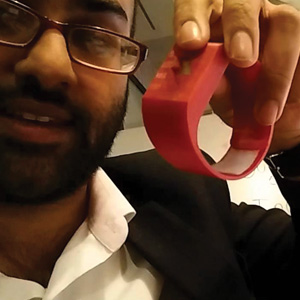
Maneesh Sethi, though, isn’t seeking to entertain anybody. He wants to shock you, literally. His electric bracelet, which is designed to get rid of bad habits (or form good ones) using the Pavlovian method of conditioning, is called Pavlok. To use it, you have to first download the Pavlok app and sync it with the device. Next, pick the habit you want to break or make. Pavlok sends electric jolts—they’re mild, but feel free to turn it up if you’re a masochist!—and the idea is that, eventually, you’ll alter your ways. Of course, be prepared to be “shocked” if you don’t.
& & & & & & & & & &
BOOK MATTERS FOR SUMMER
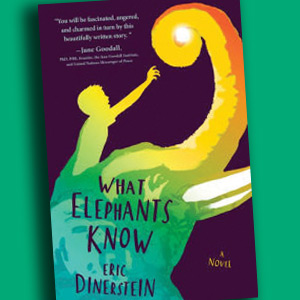
What Elephants Know (Disney-Hyperion), by Eric Dinerstein. Kids who enjoyed The Jungle Book, Disney’s recent hit film, can turn to a book for a new adventure set in a South Asian forest. The target audience is readers aged 8 to 12. Conservationist Dinerstein, who was a chief scientist at the World Wildlife Fund for many years, has been a Peace Corp volunteer in the borderlands of Nepal, where this tale is set. A pack of wild dogs, rather than wolves, care for Nandu, who seems to be about Mowgli’s age. The preteen is adopted by a king’s stable-keeper, Subba sahib, and he becomes friends with an elephant named Devi Kali. When things go awry and the stable is threatened, Nandu hatches a plan to save their way of life. Environmentalism plays a role, naturally, and the novel—which got a blurb from the primatologist Jane Goodall—conveys the author’s love of elephants and his message that more needs to be done to protect them.
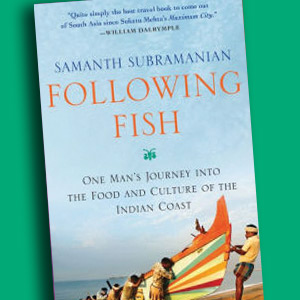
Following Fish (St. Martin’s Press), by Samanth Subramaniam. Readers looking to spice up their vacation will be pleased to know that Subramaniam’s delectable travelogue has finally been published in this country. Earlier, it was released in India and Britain, and he’s also written a nonfiction book about Sir Lanka.
Speaking of which, Elephant Complex: Travels in Sri Lanka (Quercus) is a well-received new book by John Gimlette, a London-based author and barrister. But going back to Subramaniam, you don’t have to be a fish lover (though it’s a plus) to savor his writing as you learn about India’s rich coastal culture, which gained from trade and cross-pollination. To explore cuisines, communities, even cures, he takes us from West Bengal to Andhra and Tamil Nadu in the east, and from Kerala and Goa to Maharashtra and Gujarat in the west. He uses, as the historian Ramachandra Guha puts it, “the production and consumption of fish to provide a series of arresting insights into the culture and ecology of the subcontinent.”
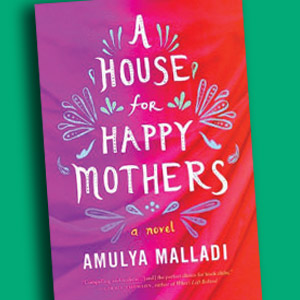
A House of Happy Mothers (Amazon), by Amulya Malladi. For her new novel, released by an Amazon imprint, Denmark-based Malladi— author of The Mango Season, among other novels—turns to the charged topic of surrogacy. It’s a big business in India, but at what cost? Readers confront the thorny problem from both sides of a complicated equation. Priya, well-settled in Silicon Valley, has everything she needs but lacks the one treasure she desires. She’s childless. On the other side of the world, in South India, impoverished Asha is also desperate—because she cannot provide a better life for her talented son. A clinic called the Happy Mothers’ House offers a solution—and when Asha agrees to become a surrogate mother, she comes in contact with Priya.
Max travels to India, too, but he’s in search of something else in Karan Bajaj’s highly praised The Yoga of Max’s Discontent (Riverhead), a best seller in India. Bajaj, a certified yoga teacher, is also the chief marketing officer at a New York company that makes baby products.
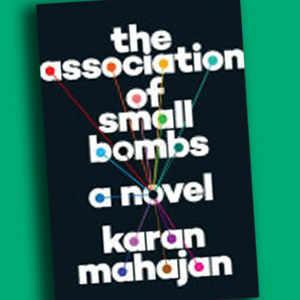
The Association of Small Bombs (Viking), by Karan Mahajan. Turns out, another Karan has come out with an acclaimed and, yes, timely novel. Drawing on a bombing incident in Delhi two decades ago, Mahajan gives us a sweeping fictional account of the repercussions on the victims, their families, and the perpetrators. It may sound grim— but as always, the devil is in the detail. As Publishers Weekly notes, “Mahajan’s talent is in conveying the sense that the world is gray, not black-and-white, and he accomplishes this by weaving together the evolving motives and passions of his characters so intricately that in the end we see each as culpable, and human.”
Hirsh Sawhney’s South Haven (Akashic) is set in an Indian-American household. Young Siddharth’s life spins out of control when his mother dies in a car accident, while his father seems to find refuge in Hindu fundamentalism. Will the woman who comes into their lives bring change—and happiness?
>>>>>>>>>>>>>>
[Answers to the quiz: 1=(A). 2= (B). 3= (A). 4= (D). 5= (B). 6= (C). 7= (C). 8= (D). 9= (A). 10= (B).]
Enjoyed reading Khabar magazine? Subscribe to Khabar and get a full digital copy of this Indian-American community magazine.
blog comments powered by Disqus










